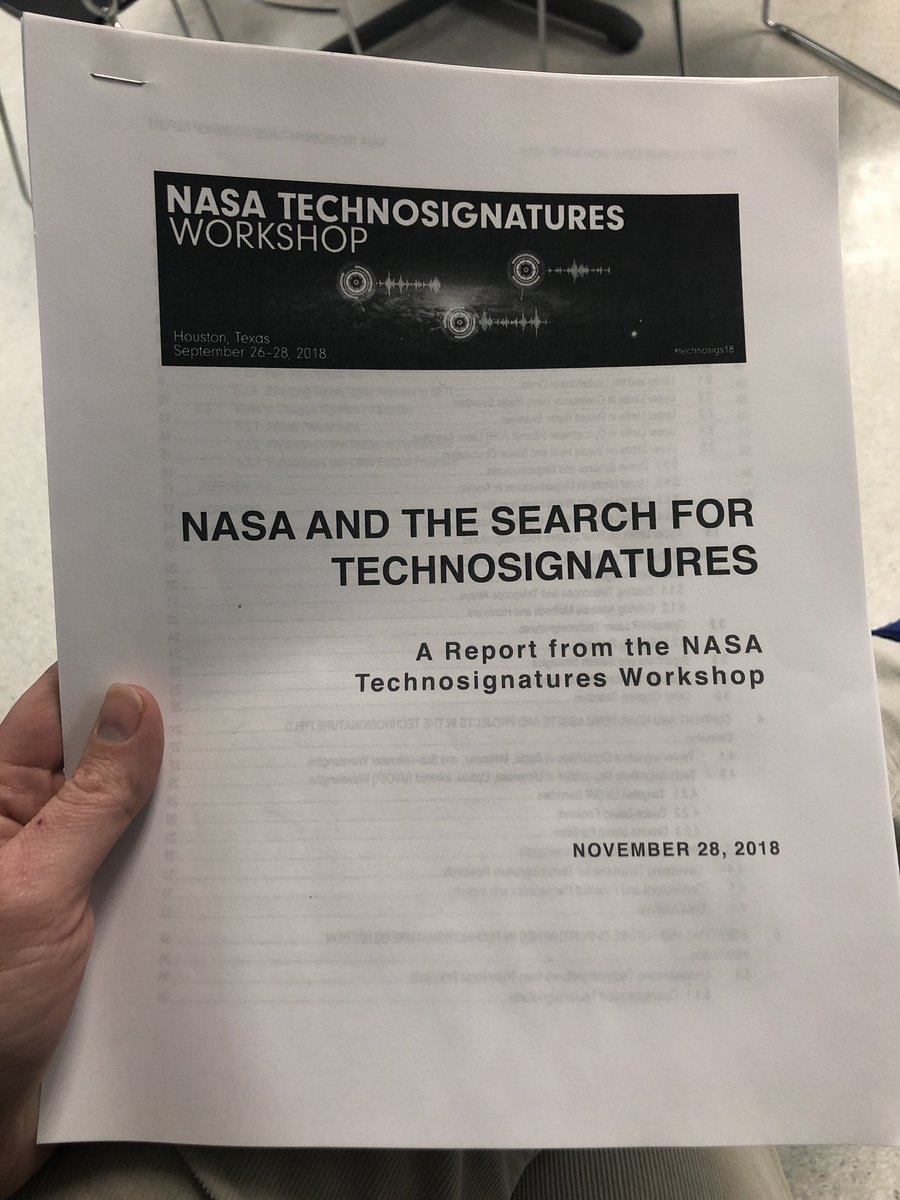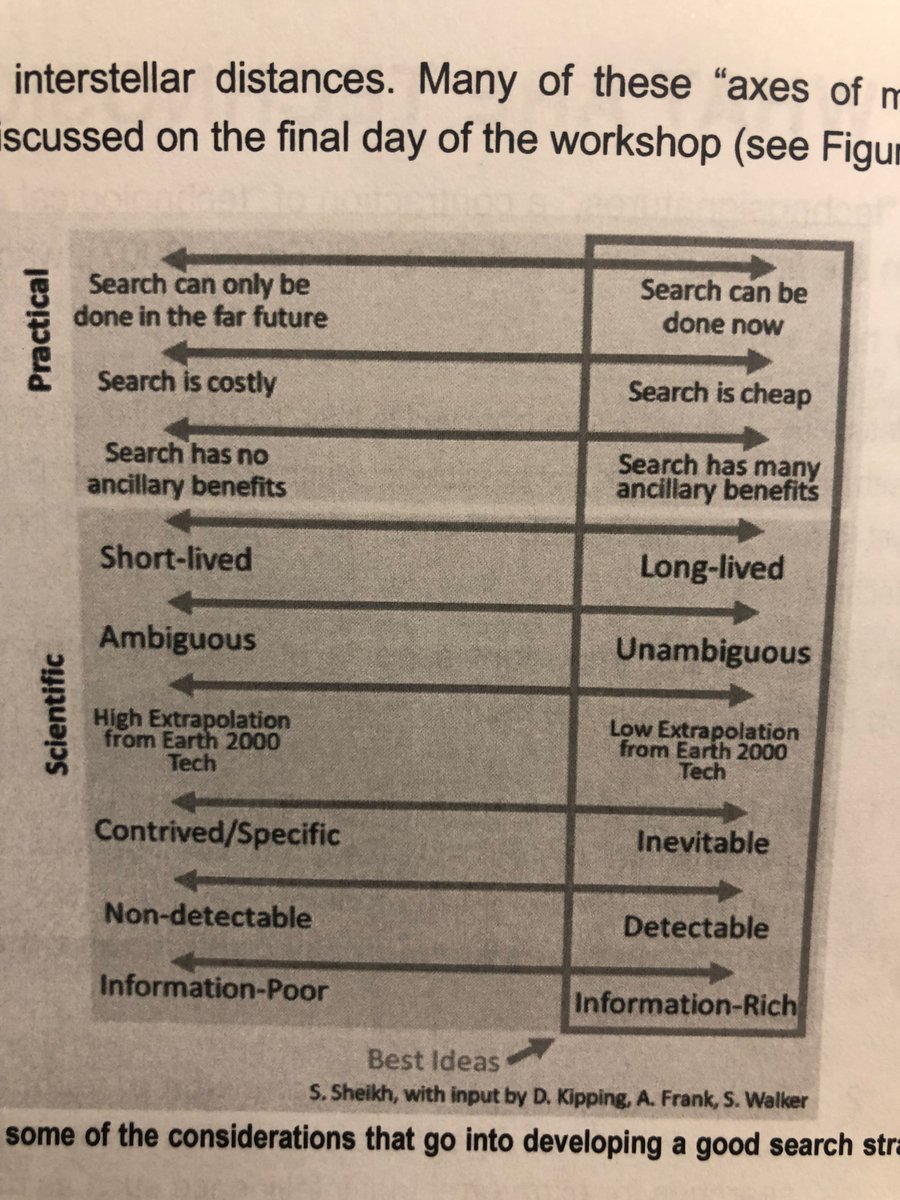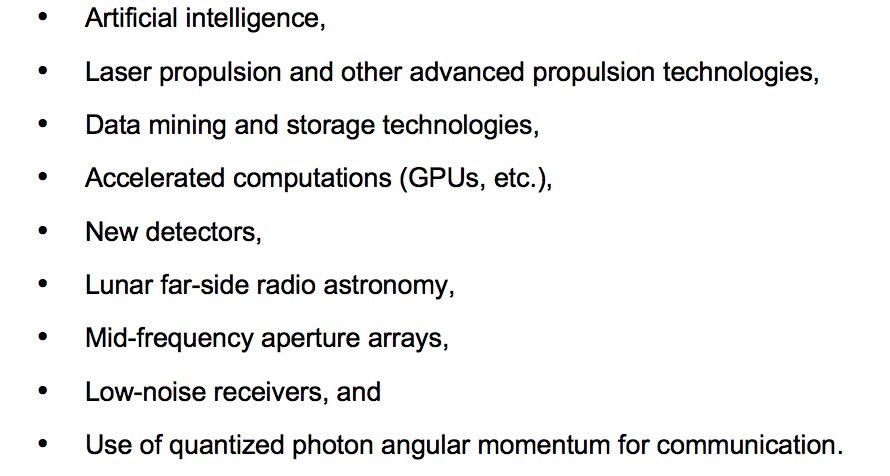1) What is the current state of the field - what do we already know?
2) What are the funded near-future plans? What might we know soon?
3) What are the potential future advances that could be important?
4) How can NASA help?
(Autocorrect has no idea what to do with the word ‘technosignatures’ if you get even a single letter wrong.)
(i.e. what Buzz Lightyear was looking for)
(Earth's gotta lotta waste heat going on at this particular moment.)
That's one quintillionth to 100 septillionths of the total volume.
THAT'S NO MUCH.
But I don't see any results yet.
Oh no! Tragedy strikes! Apparently when I printed it out only printed to page 23.
Will rectify ASAP.
(Aside: I've watched the movie The Dish while staying at The Dish. #humblebrag)
(I love @1027KIISFM, but not in my data.)
Emphasis mine. 👀👀👀
LET THE RAMPANT SPECULATION BEGIN!
"What are the likely characteristics of very long-lived planetary societies, and of planets that have been modified by long-term co-evolution of technology with planetary physical and biogeochemical cycles?"
building?
2) Which of these tracers can be detected?"
arxiv.org/abs/1603.08928
1. Continuing to search through existing and ongoing survey data for signals (transits of megastructures, laser signals in stellar spectra).
OH BOY GRAVITATIONAL WAVES IN THE HOUSE. HOLD ONTO YOUR BUTTS.
1) Signal strength drops off with increasing distance, instead of increasing distance squared (i.e. it travels further).
2) Nothing scatters or blocks these things. Dust cloud? Ha!
3) The sky is 'dark' in terms of GW, so signals stand out.
Thanks for sticking with it if you got this far, it's a comprehensive document and I was glad of the excuse to read it properly and break it down.
arxiv.org/abs/1812.08681











